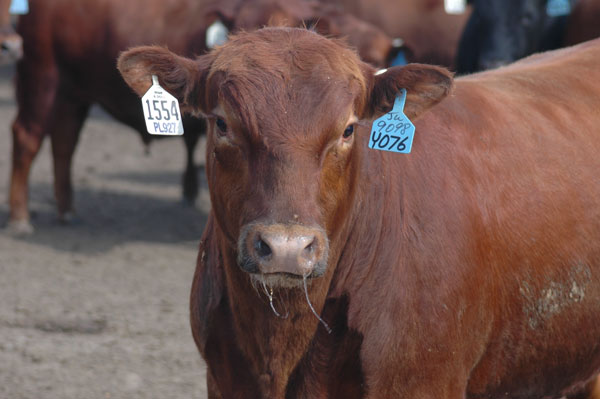How Will Canada’s Reentry To Peru Affect The U.S.?
USMEF expects the main competition from Canadian beef in Peru to take place in the variety meat category.
July 11, 2012

Prime Minister Stephen Harper recently announced that Canadian beef had regained access to Peru for the first time since 2003. Eligible cuts include bone-in beef from cattle less than 30 months of age, boneless beef from cattle of all ages, and most offal products.
“This will allow the Canadian beef industry to capitalize on Canada’s free trade agreement (FTA) with Peru for the first time,” explains U.S. Meat Export Federation (USMEF) economist Erin Borror. “The agreement has been in place since 2009 – roughly the same time that the U.S.-Peru FTA took effect. But because BSE-related restrictions have lingered, Canadian beef has never benefited from the terms of the agreement.”
Peru is a mainstay market in the Central-South America region for U.S. beef, especially for livers and other variety meat. Through April, U.S. exports to Peru totaled about 8.4 million lbs., which is steady with last year’s pace – but value is up 53% to $8.85 million. Beef variety meat exports to Peru are down 7% in volume to 7.2 million lbs., but are 36% higher in value at $5.76 million. So even though U.S. variety meat volume has slowed this year, it still makes up 85% of the total U.S. export volume to Peru and 65% of the value.
So how will Canada’s access to Peru compare to that of the U.S.? Canada has a small (256,000-lb.) duty-free quota for certain standard beef cuts and unlimited duty-free access for the Canadian equivalent of Choice and Prime beef. Otherwise, Canadian beef muscle cuts are exempt from the FTA and so the duty on those exports will remain at 25%. However, Canada does have a 12.8-million-lb., duty-free beef variety meat quota for this year, expanding to 17.1 million lbs. in the 10th year of the agreement. Duties on out-of-quota beef variety meat exports are also phased down to zero over this 10-year period – reduced from a base rate of 12%, which is the same as in the U.S.-Peru agreement.
The U.S.-Peru FTA still provides market access at a level superior to Canada’s, with a beef variety meat duty-free quota of 26.3 million lbs. for this year – about double the size of the Canadian quota – with unlimited volumes by 2018. Duties on out-of-quota beef variety meat exports are at the same rate – 7.2% this year – for the U.S. and Canada. The U.S. also has unlimited duty-free access for Choice and Prime beef and a much larger and more inclusive duty-free quota for other beef muscle cuts (current quota volume is 2.1 million lbs., including all muscle cuts not graded as Choice or Prime), with complete elimination of duties and quotas by 2020. Because these other beef cuts were excluded from the Canadian agreement, this will be a significant advantage for U.S. beef going forward.
“Based on these terms, we expect the main competition from Canadian beef in Peru to take place in the variety meat category,” Borror says. “In the most likely scenario, importers will still utilize the full U.S. quota volume for beef variety meat. But once that quota is filled, they could choose to import duty-free Canadian variety meat rather than import out-of-quota U.S. product at full duty.”
You May Also Like


.png?width=300&auto=webp&quality=80&disable=upscale)
